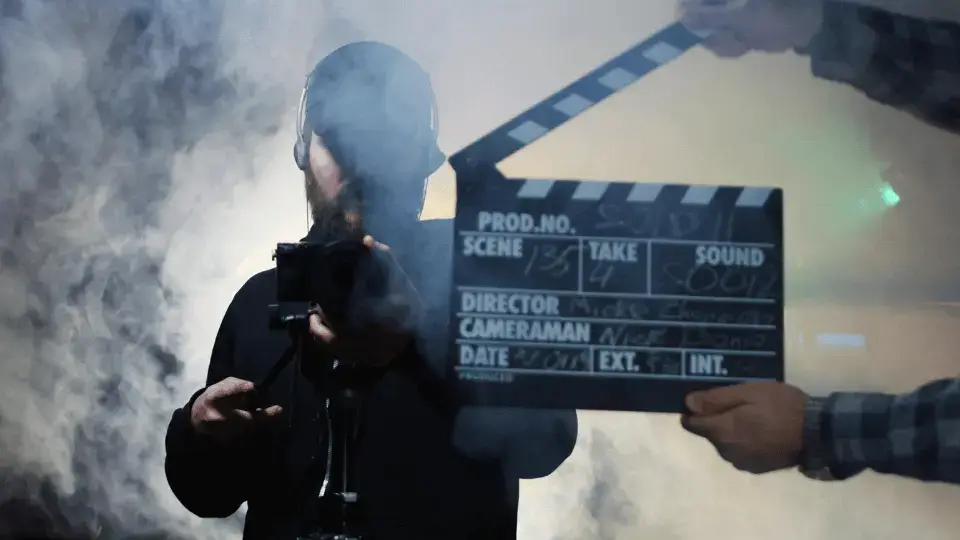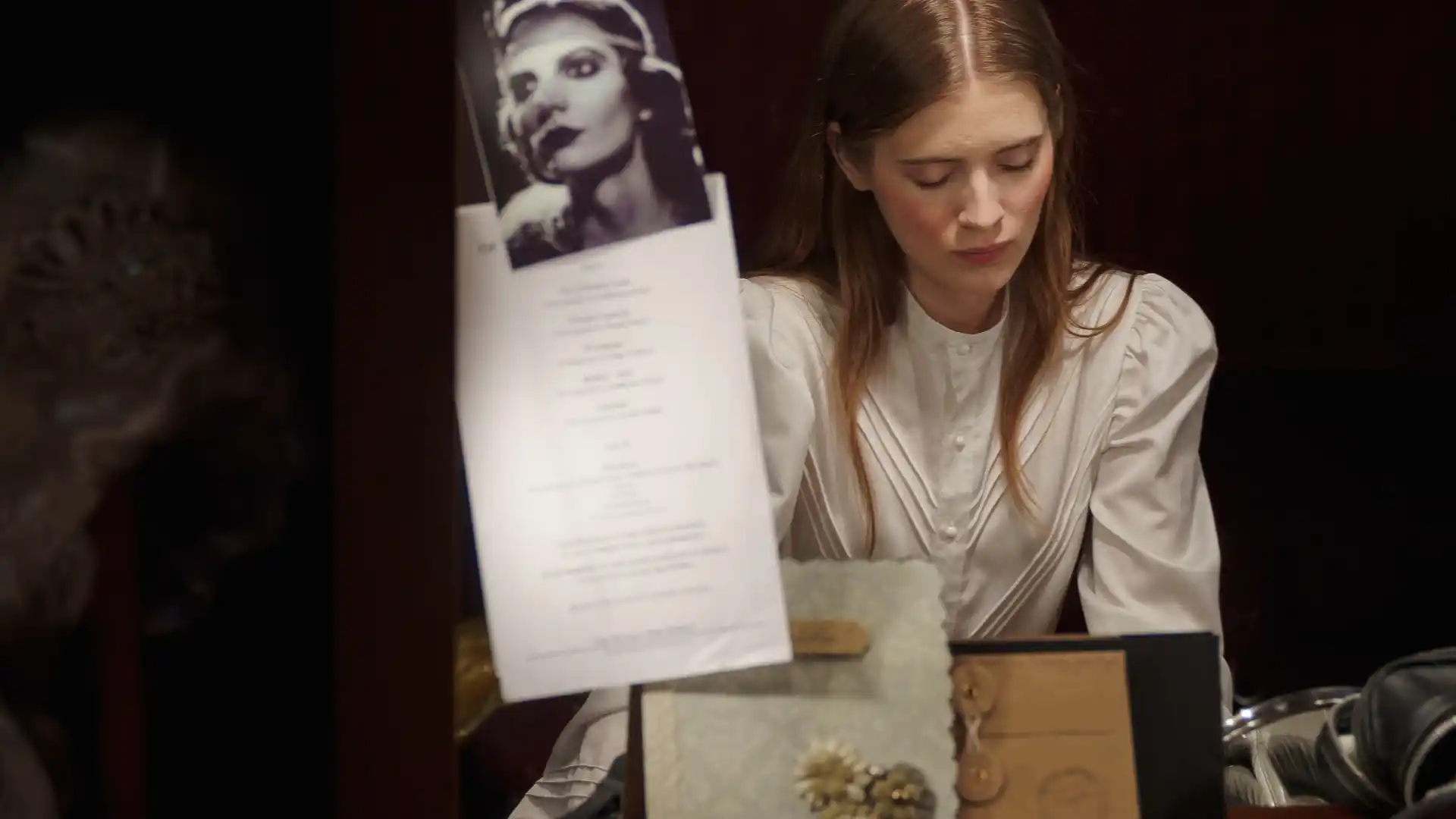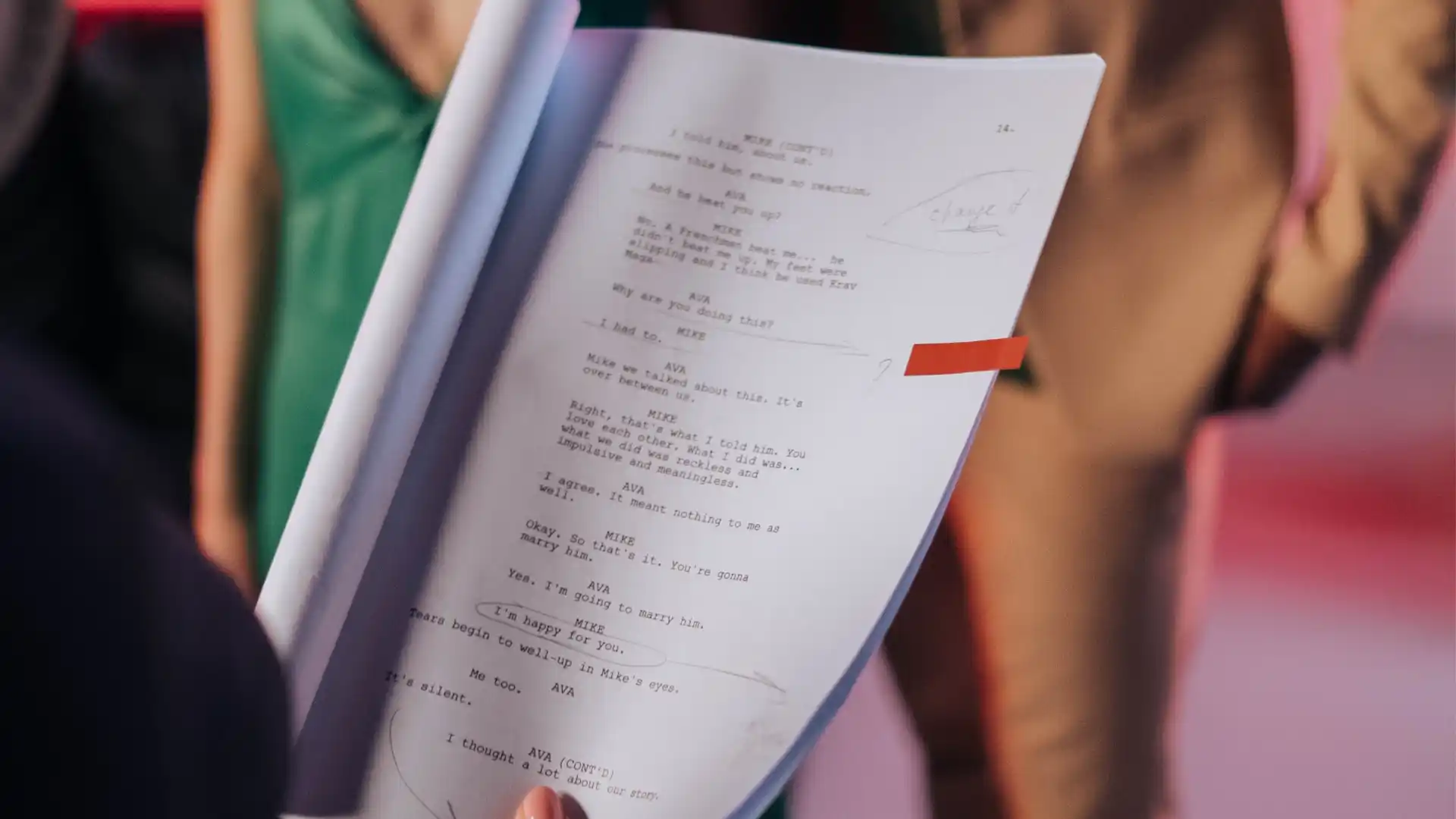How the Rear Window Director Set the Standard for Filmmaking
The Rear Window Director, Alfred Hitchcock, is one of the most iconic filmmakers in history. He directed over 50 films and was known for his unique style and ability to create suspenseful films. His impact on the film industry is still felt today, and his films continue to be studied and admired by filmmakers around the world.
Who Was The Rear Window Director?
Alfred Hitchcock was born in London, England in 1899. He began his career in the film industry in the 1920s, working as a title card designer and assistant director. He directed his first film, The Pleasure Garden, in 1925, and went on to direct many more films over the next few decades.
Hitchcock’s films were known for their suspenseful plots, clever use of camera angles, and dark humor. Some of his most famous films include Psycho, Vertigo, and Rear Window.
What Made the Rear Window Director’s Films So Special?
One of the things that set Hitchcock’s films apart from others was his use of camera angles and framing. He was a master of visual storytelling, and he used the camera to create suspense and tension in his films.
In Rear Window, for example, he used a series of long takes to create a sense of voyeurism. The audience is placed in the same position as the main character, who is confined to a wheelchair and can only observe the world around him through his rear window. This creates a sense of tension and suspense, as the audience waits to see what will happen next.
Hitchcock was also known for his attention to detail. He was involved in every aspect of the filmmaking process, from the script to the editing. He believed that every shot should serve a purpose, and he was meticulous in his planning and execution of each scene.
Tips For Aspiring Filmmakers
If you’re an aspiring filmmaker, there are several things you can learn from the Rear Window Director’s approach to filmmaking. Here are a few tips to keep in mind:
- Pay attention to the details: Every shot should serve a purpose, and every element of the film should work together to create a cohesive whole.
- Use camera angles and framing to tell your story: The way you frame a shot can have a huge impact on the audience’s perception of the scene.
- Study the greats: Watch films by directors like Hitchcock and analyze their techniques. What makes their films stand out? How do they use the camera to create tension and suspense?
Key Takeaways
The Rear Window Director, Alfred Hitchcock, was a master of visual storytelling and suspenseful filmmaking. His films continue to be studied and admired by filmmakers around the world.
If you’re an aspiring filmmaker, there are several things you can learn from Hitchcock’s approach to filmmaking. Pay attention to the details, use camera angles and framing to tell your story, and study the greats.
If you’re serious about pursuing a career in the film industry, consider taking the NYU Film and TV Industry Essentials online course and certificate program offered by Yellowbrick. This program covers all aspects of the industry, from screenwriting to distribution, and can help you gain the skills and knowledge you need to succeed.







